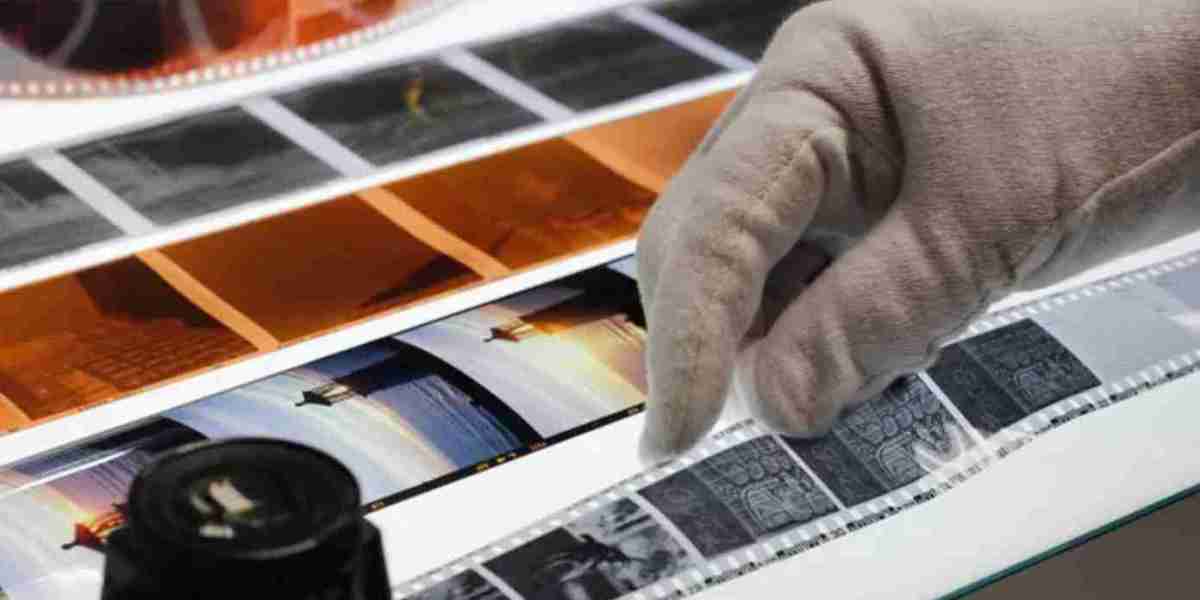Black and white photography has long been hailed as a timeless and classic art form, capturing the essence of a moment in a strikingly beautiful and raw manner. But what many may not realize is that the true magic of black and white photography lies not only in the composition and subject matter, but also in the printing process. Unlike the instant gratification of digital photography, black and white film printing requires a deep understanding of light, contrast, and chemical reactions. It is a meticulous and hands-on process that allows for endless possibilities and creative control. In this article, we will delve into the art of black and white film printing, exploring the techniques and techniques used to create stunning prints that stand the test of time. From the darkroom to the final product, we will uncover the secrets behind this captivating art form and gain a deeper appreciation for the beauty and complexity of black and white film printing. Whether you are a seasoned photographer or simply an admirer of this timeless medium, join us on this journey of exploration and discovery into the world of black and white film printing.
Precise techniques for high-quality prints.
One of the most crucial aspects of achieving high-quality prints in black and white film printing is mastering precise techniques. From the development of the film to the final print, every step requires meticulous attention to detail. The choice of paper, the exposure time, and the development process all play a significant role in the final outcome of the print. Ensuring accurate exposure and contrast control, along with precise dodging and burning techniques, can result in prints that showcase exceptional tonal range and sharpness. Additionally, using the proper chemicals and equipment, such as enlargers and timers, is essential for maintaining consistency and achieving the desired level of precision in every print. By embracing these precise techniques, photographers can truly explore the art of black and white film printing and produce prints that captivate viewers with their depth and clarity.
Understanding the importance of contrast.
The understanding of contrast is paramount when delving into the art of black and white film printing. Contrast refers to the range of tones from the darkest shadows to the brightest highlights within an image. It is the interplay between these tones that brings depth, dimension, and visual interest to a print. By manipulating contrast, photographers have the power to enhance or diminish certain elements within the composition, guiding the viewer's focus and creating a desired mood or atmosphere. Moreover, contrast plays a crucial role in defining the overall aesthetic and impact of a black and white photograph. From the subtle nuances of fine art prints to the striking contrast of documentary photography, mastering the control and understanding of contrast is essential for achieving exceptional results in the art of black and white film printing.
Using filters to control tone.
Filters are invaluable tools in the realm of black and white film printing, allowing photographers to exercise precise control over the tone of their prints. By strategically selecting and applying different filters, photographers can manipulate the tonal range and contrast within their images. For example, using a red filter can darken the sky and enhance the contrast between clouds and the landscape, creating a dramatic and moody effect. Conversely, a yellow filter can soften the contrast and produce a warmer, more nostalgic tone. Filters not only offer a means of technical control but also serve as creative instruments, enabling photographers to convey their artistic vision through the manipulation of tone in black and white film prints.
Mastering dodging and burning techniques.
To truly delve into the art of black and white film printing, mastering dodging and burning techniques is essential. Dodging and burning are fundamental darkroom techniques that allow photographers to selectively lighten or darken specific areas of a print. By skillfully controlling the exposure during the printing process, photographers can enhance the overall composition and create a more impactful image. Dodging involves blocking or reducing the amount of light hitting a specific area of the print, while burning involves increasing the exposure to darken certain areas. These techniques provide photographers with the ability to emphasize focal points, add depth, and create a more dynamic range of tones in their black and white prints. Mastering dodging and burning techniques requires practice and a keen understanding of light and shadow, but the results can be truly remarkable, elevating the artistry and storytelling potential of black and white film photography.
Experimenting with paper types for unique results.
Experimenting with different paper types can yield unique and captivating results in the art of black and white film printing. The choice of paper plays a crucial role in the final appearance and impact of the print. Various paper surfaces, such as matte, glossy, or textured, can enhance or subdue the tones and textures captured on film. By selecting the appropriate paper, photographers can further express their artistic vision and convey specific moods or emotions within their prints. For example, a matte paper may lend a soft and timeless feel to a portrait, while a glossy surface can enhance the contrast and sharpness of architectural details. Additionally, exploring alternative papers, such as fiber-based or handmade options, can add a touch of uniqueness and character to the final print. Through experimentation with different paper types, photographers can expand their creative possibilities and create visually stunning black and white prints that truly stand out.
In conclusion, learning the art of black and white film printing is a valuable skill for any photographer. Not only does it allow for complete control over the final image, but it also adds a unique and timeless quality to photographs. While digital photography may be the future, there is something special about the process of developing and printing a black and white film. So, whether you are a beginner or a professional, I encourage you to explore the world of black and white film printing and discover the beauty and artistry it has to offer.








